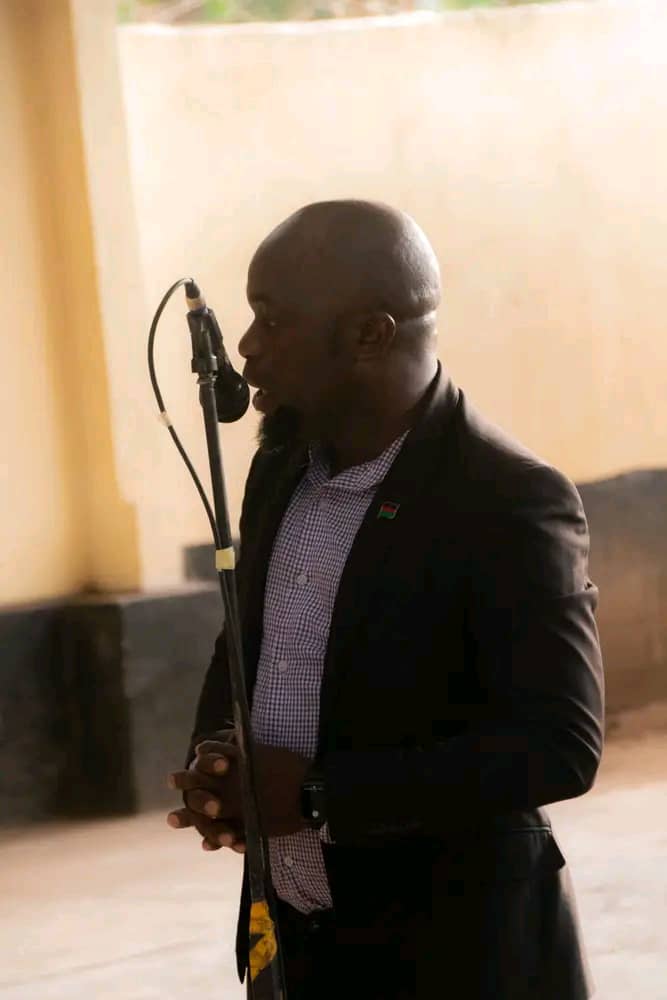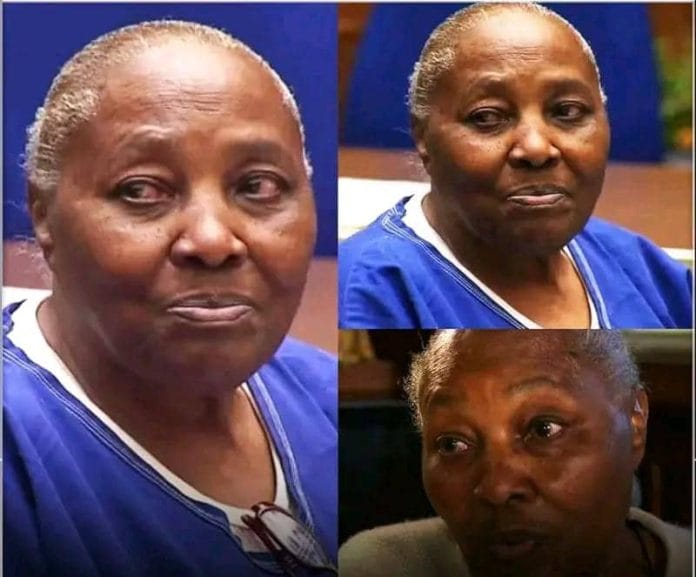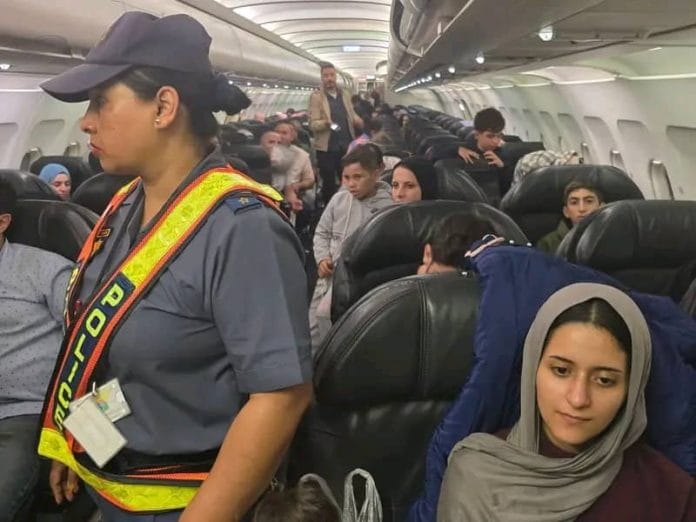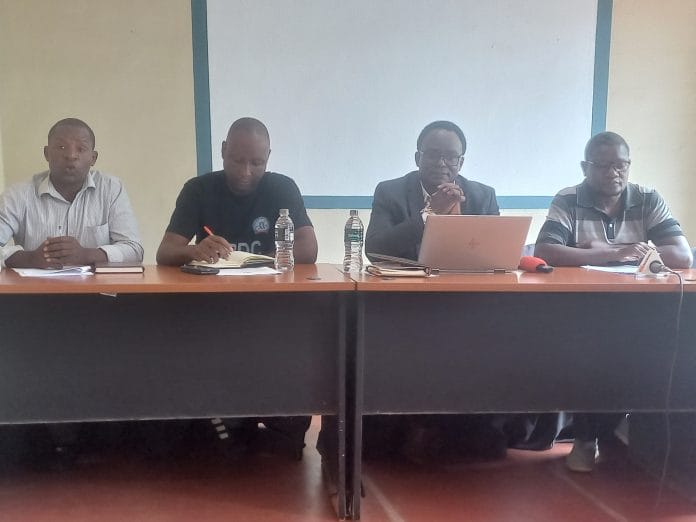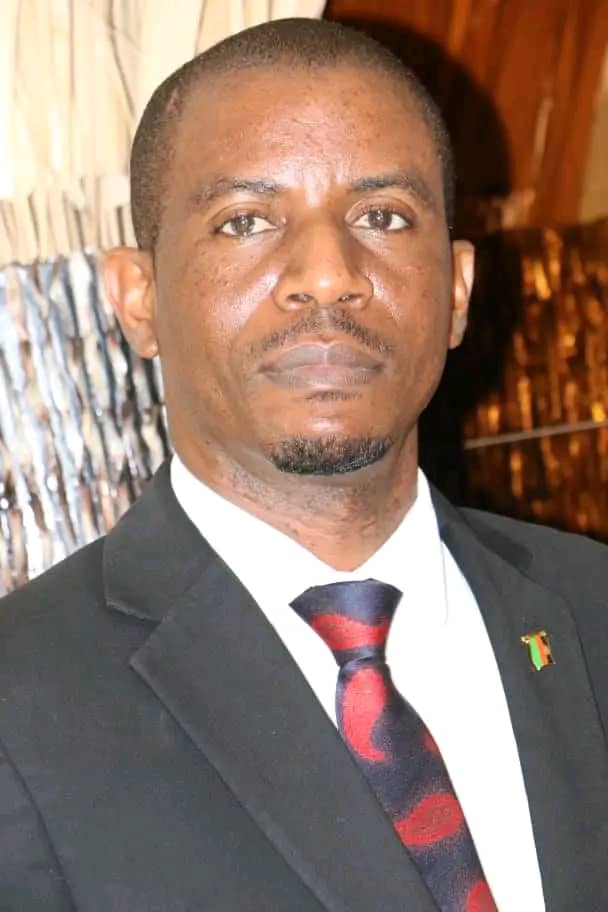
…..Human rights activist demands removal of wooden airport fencing poles and applauds Mutharika’s commitment to equitable national development…
MZUZU-(MaraviPost)-Human Rights Activist Steven Simusokwe has strongly condemned former President Dr. Lazarus Chakwera for what he describes as turning the Northern Region into a “dumping unit.”
Simusokwe made the remarks in reaction to the use of wooden poles instead of metal fencing around Mzuzu and Karonga International Airports.
He argued that such decisions reflect a pattern of neglect and disrespect toward the North.
He has since asked the Second Vice President, Enock Kanzingeni Chihana, to immediately reverse the decision made under the former administration.
Simusokwe insists that all wooden poles must be removed without any negotiations.
He emphasized that infrastructure projects should reflect equal standards across all regions of the country.
Simusokwe has therefore called for inclusive and nationwide development that ensures no region or citizen is left behind.
He further stated that Professor Arthur Peter Mutharika is a man of impeccable character capable of delivering equitable development for all Malawians.
According to him, Mutharika’s leadership offers hope for a more united and prosperous nation.
Joining the call for unity and shared development projects was political figure Frank Tumpale Mwenefumbo.
Mwenefumbo echoed Simusokwe’s sentiments on the need for balanced development in the Northern Region.
He also thanked President Professor Arthur Peter Mutharika for appointing Chihana as Second Vice President.
Mwenefumbo pledged his commitment to work with Chihana to advance development in the Northern Region.
He said the region deserves infrastructure and services that match national standards.
The calls from both Simusokwe and Mwenefumbo underscore renewed expectations for fairness in resource allocation and project implementation across the country.
Their statements come at a time when citizens are increasingly demanding accountability and regionally balanced development from national leadership.
Discover more from The Maravi Post
Subscribe to get the latest posts sent to your email.

